The Rise of Amazon Robots: Navigating the Era of Automation
![]() 07/07 2025
07/07 2025
![]() 397
397
In recent years, the rapid advancement of AI has profoundly transformed our market landscape. Recently, media reports revealed that Amazon's robot workforce is nearly on par with its human employees. As we step into this era of automation, what should ordinary individuals do to adapt?
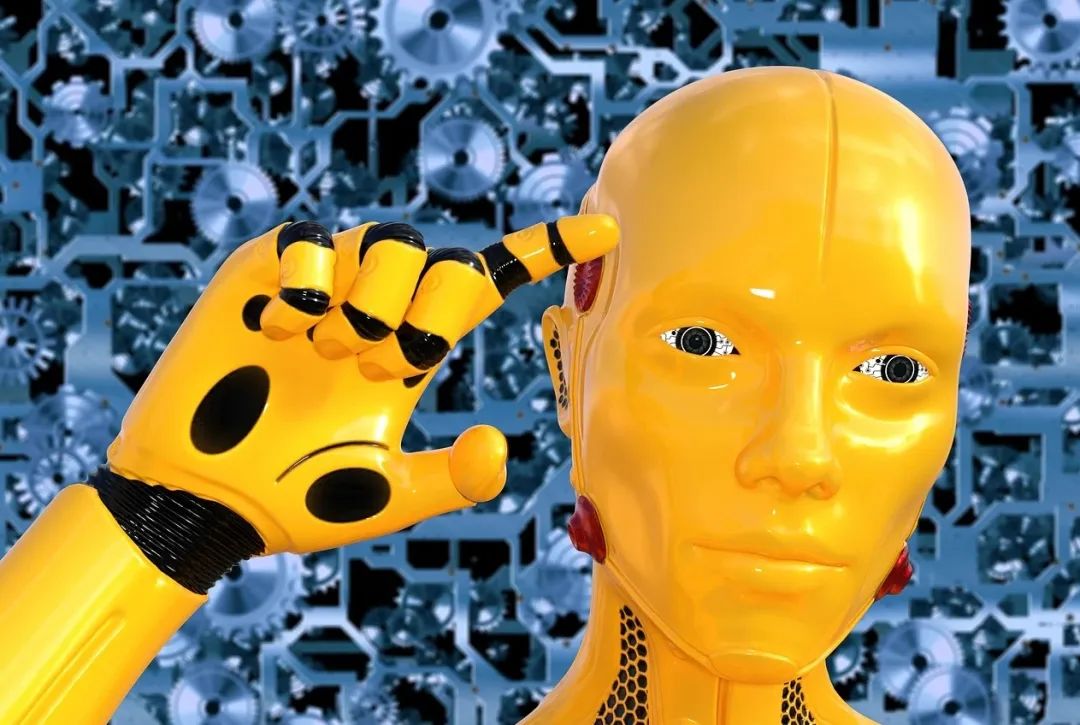
I. Amazon's Robots Approaching Human Employee Numbers
According to the Global Times, the number of robots in Amazon's work facilities is poised to match that of its human workforce. Amazon recently announced the deployment of over 1 million robots across its operations. This figure closely mirrors the number of human employees in these facilities.
The Wall Street Journal reported that approximately 75% of Amazon's global delivery operations are currently supported by robots in some capacity. For some Amazon employees, automation has meant transitioning from repetitive tasks like handling and sorting to technical roles overseeing robots. However, robots are also replacing some employees, slowing down the company's recruitment process.
Brady, Amazon Robotics' Chief Technology Officer, stated in an interview that the company will continue to rely heavily on human workers. New robots are designed to facilitate their work, not replace them. Nevertheless, Chris Smalls, Executive Director of the Warehouse Workers Resource Center, a U.S. nonprofit, expressed concern about the long-term impact of robots on employment. He noted, "Amazon's ultimate goal is to significantly reduce staffing in high-density facilities."
A National Business Daily report highlighted a "logistics ant nest" spanning over 120,000 square meters in Chiba Port, Japan, roughly 40 kilometers east of Tokyo. Here, approximately 2,600 robots move shelves between floors akin to ants, while human employees serve as "system collaborators," working alongside machines to handle the daily entry and exit of around 600,000 items.
Xavier, who oversees Amazon's global robotics business, revealed that after years of development, the number of Amazon robots has grown exponentially. In 2013, only 1,000 robots were deployed, but recently, Amazon's 1 millionth robot was delivered to an operation center in Japan.
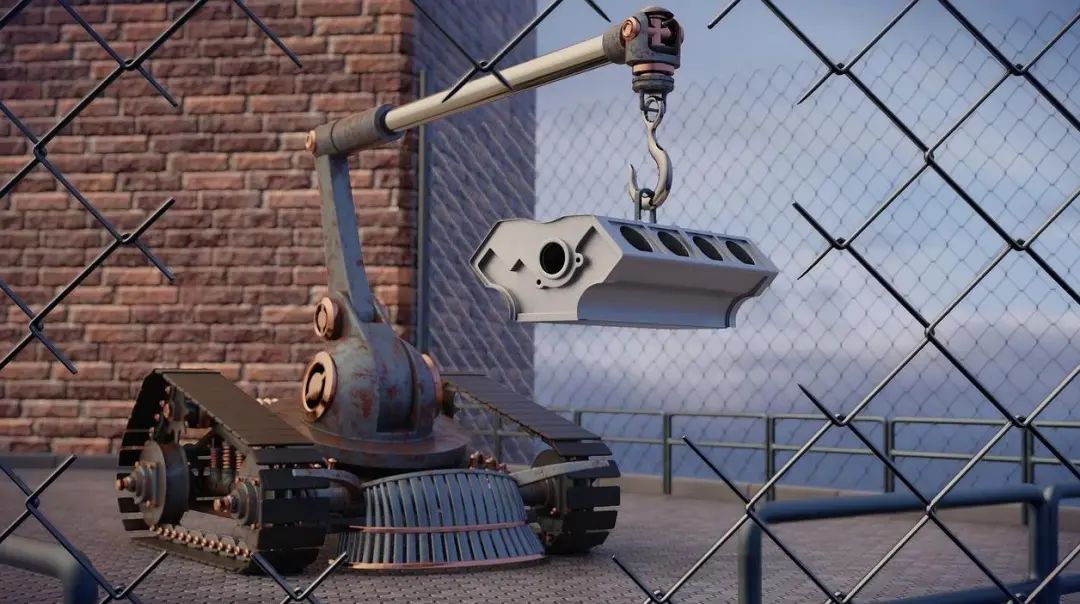
II. Navigating the Era of Robots
In this era of rapid technological development, news of Amazon's growing robot workforce has sparked widespread concern and introspection. How should we view these changes at Amazon?
Firstly, Amazon's business model inherently lends itself to the integration of robots. As a global e-commerce giant, Amazon's operations involve labor-intensive tasks in warehousing, transportation, and logistics. Driven by a massive order volume, warehousing centers require substantial manpower for storage, sorting, handling, and transportation scheduling. Whether it's retrieving items from shelves or accurately sorting them based on orders, human labor is extensively needed. As the business expands, labor costs continue to rise, posing significant pressure on e-commerce platforms like Amazon. In this context, introducing robots becomes an inevitable choice to reduce costs and enhance efficiency. Robots can operate 24/7 without rest or emotional fluctuations, enabling them to perform tasks consistently and reliably. Although the initial investment in robots is substantial, their long-term operating costs are relatively low, effectively alleviating the pressure on corporate labor costs. Similarly, leading domestic e-commerce and express logistics companies like JD.com Logistics in China have adopted similar practices. In high-pressure environments combined with high labor costs, using robots to replace traditional couriers, especially assembly line workers, proves highly valuable.
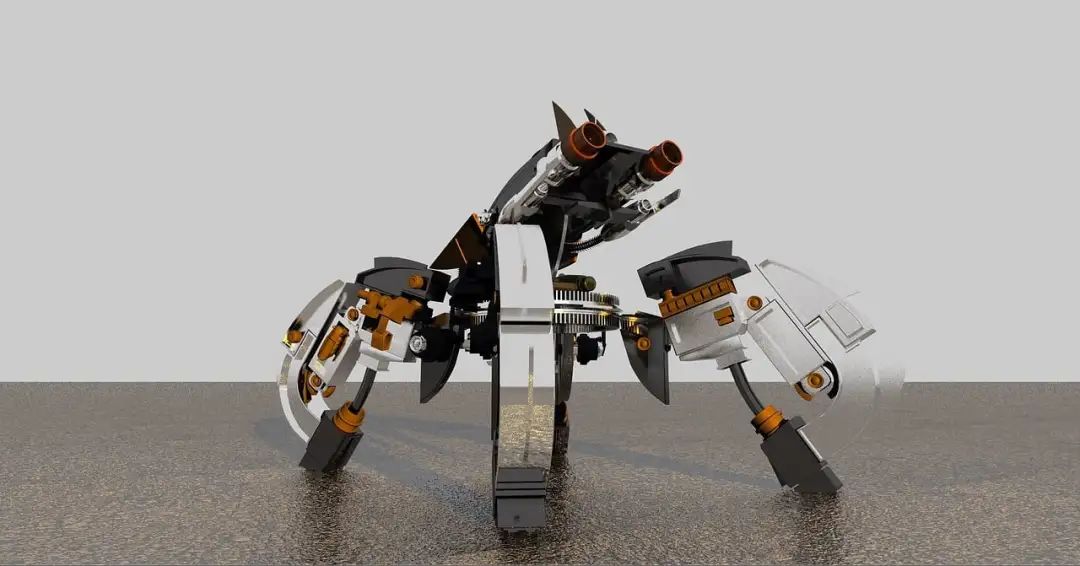
Secondly, robots are immune to labor fatigue or work-related injuries. In e-commerce platforms' warehousing, transportation, and logistics sectors, most positions involve highly repetitive physical labor. For instance, in goods sorting, employees must retrieve items of varying types and specifications from shelves and categorize them according to order information. This task is repeated thousands of times daily, leading to monotony and fatigue, which in turn increases the error rate. Robots excel in handling such repetitive physical labor. Through pre-programmed algorithms and sensors, robots can accurately identify the location, specifications, and other details of goods, swiftly and precisely completing sorting tasks. Their movements are precise, and their speed is consistent, enabling them to process a high volume of orders in a short period with minimal error rates. Additionally, in handling operations, robots can effortlessly lift heavy cargo and transport it within warehousing centers along predefined routes, unhampered by physical limitations, significantly boosting logistics and transportation efficiency. Moreover, robots maintain a high and accurate working state even after prolonged continuous operation. This inherent advantage makes robots highly potent in replacing physical labor positions and has become a crucial means for enterprises to enhance their competitiveness.
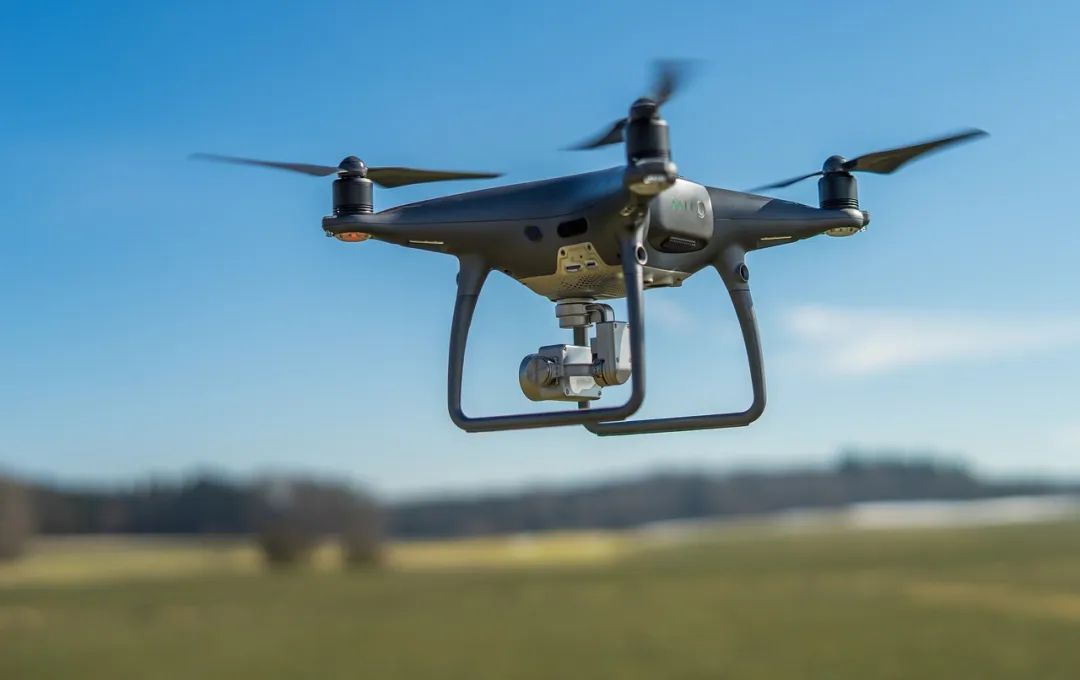
Thirdly, the jobs replaced by robots exhibit distinct characteristics. Currently, the displacement of human jobs by robots follows certain common patterns. We identify two primary representative categories. The first category includes jobs that primarily involve computer-based operations, such as data entry, simple customer service, or bill processing and basic account checking in corporate financial accounting. These jobs typically have clear processes and rules, requiring only adherence to established procedures. These features make them susceptible to replacement by programmed robots. Robots can swiftly and accurately complete these tasks through automation software and AI technology, unaffected by emotions, fatigue, or other factors, thereby reducing the likelihood of errors and ensuring work quality.
The second category comprises purely physical labor with high repetitiveness, akin to the physical labor positions in Amazon's warehousing and logistics operations. This type of work involves strenuous physical activity in often harsh environments, consuming significant human energy but requiring minimal mental effort. However, prolonged engagement in such work can easily lead to burnout, and the harsh working conditions make it difficult to sustain over the long term. The result is that human employees may experience reduced work efficiency due to physical exhaustion or low motivation, whereas robots can operate continuously and reliably without significant emotional or fatigue-related issues.
Furthermore, the nature of these positions is unique. Neither humanoid robots nor versatile virtual models or industrial robots are necessary to perform these tasks efficiently. This results in relatively low replacement costs in the market, highly aligning with the requirements of economic technological substitution and making it the most common type of job replaced by machinery.
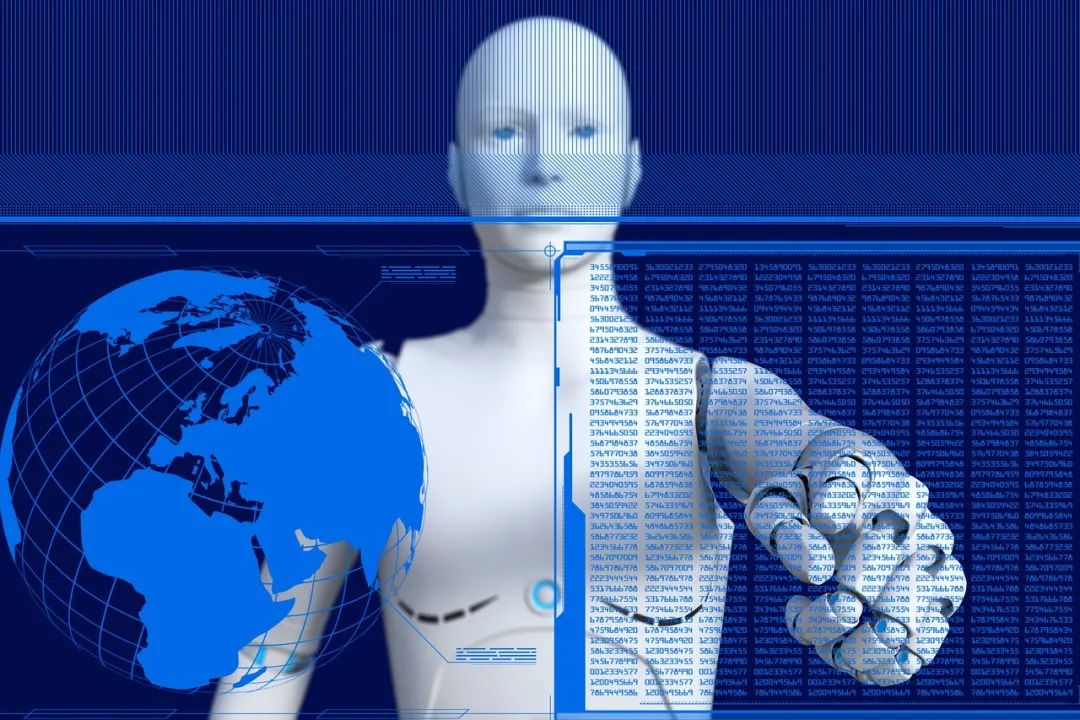
Fourthly, how should ordinary individuals respond to the advent of the robot era? In the face of this wave of automation, each of us must cultivate a sense of urgency. While we often assert that robots cannot fully replace humans, just as the advent of automobiles displaced numerous coachmen and mechanized mass production during the Industrial Revolution caused many artisans to go out of business, technological changes inevitably lead to the gradual replacement of outdated jobs in declining industries. This is a natural phenomenon in every era, and it is an objective fact that everyone must understand.
For each of us, recognizing this reality and maintaining a proactive stance amidst peacetime is crucial. Additionally, we must possess a strong curiosity and learning ability. By consistently maintaining enthusiasm and motivation for learning, we should actively embrace AI technology and learn to leverage it effectively to enhance our work and life quality. Specifically, on one hand, continuous learning is paramount. In this era of rapid knowledge obsolescence, we cannot rest on our laurels with existing knowledge and skills but must continually acquire new knowledge and master new skills. In particular, technical knowledge related to artificial intelligence, big data, cloud computing, etc., will become vital assets in future workplace competitions. Only by recognizing the market's development direction early and making informed career planning can we truly seize more opportunities.
On the other hand, we must learn to collaborate with AI and transform ourselves into AI-savvy professionals. Although AI possesses powerful capabilities, it cannot fully replace humans. Human creativity, emotional intelligence, and interpersonal skills surpass AI's reach. We can utilize AI technology to support our work, such as employing AI writing tools to boost copywriting efficiency or leveraging AI design software to spark creative inspiration. Simultaneously, by integrating our professional knowledge with AI technology, we can create a unique competitive advantage, ultimately enabling AI to continually enhance our work efficiency rather than replace us.

In conclusion, the fact that Amazon's robot workforce is nearing its human employee count mirrors current global economic and technological trends. Facing this transformation, each of us must genuinely recognize the reality of technological advancement, continuously upgrade our skills and knowledge, and learn to embrace and utilize AI tools to adapt to future work environments. This is our paramount task.
Quote of the Day: Leaving space for others is also leaving space for oneself. "Profits should not be exhausted, blessings should not be enjoyed to the fullest, and power should not be used up." This world is not the domain of a single individual but of everyone. Therefore, everything must have room. "The world within is vast, and there are always boats to ferry people across." The more tolerant we are, the more understanding we gain; the kinder we are, the more hope we nurture. Being considerate to others is being considerate to oneself. Only when others have a path to follow will you avoid finding yourself in a desperate situation.








